News
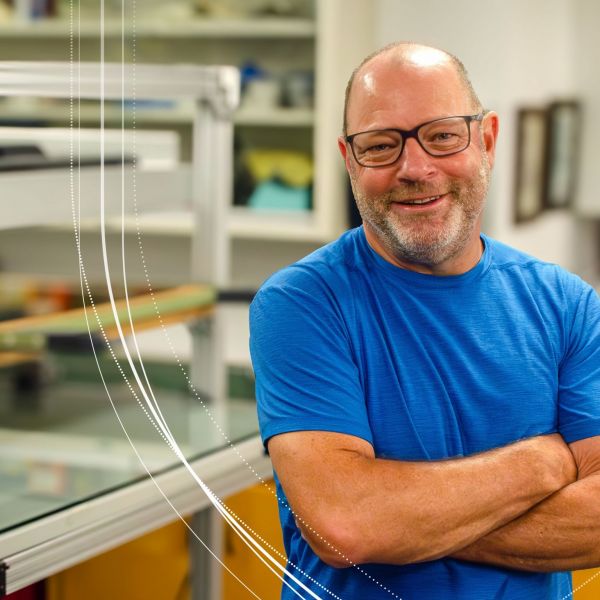
Feb 12, 2025
Sainburg named fellow of the National Academy of Kinesiology
Robert Sainburg, professor of kinesiology and neurology at Penn State and Dorothy F. and J. Lloyd Huck Distinguished Chair in Kinesiology and Neurology, was recently named a fellow of the National Academy of Kinesiology.
Full Article

Feb 11, 2025
Stuckeman School exhibition to showcase urban floodplain communities in Peru
The international traveling exhibition will run from Feb. 17 to March 4 in the Borland Project Space at 125 Borland Building Penn State University Park.
Full Article

Feb 11, 2025
Feb. 17 EarthTalks: Translating STEM research to improve K-12 education
Kathleen Hill, director of the Center for Science and the Schools, and teaching professor of science education, will give the talk, “Center for Science and the Schools: Translating STEM Research to Improve K-12 Education,” at 4 p.m. on Monday, Feb. 17, in 112 Walker Building on the University Park campus.
Full Article
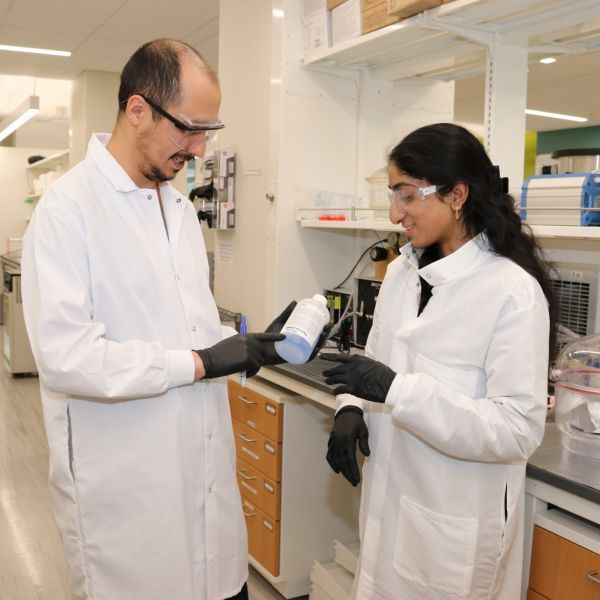
Feb 10, 2025
Sustainable Labs Program increases participant engagement, welcomes new labs
Two upcoming virtual sessions will cover how labs can learn more and join next year’s cohort.
Full Article

Feb 09, 2025
NIH cost recovery update
An update from Senior Vice President for Research Andrew Read and Karen Kim, Dean of the College of Medicine.
Full Article
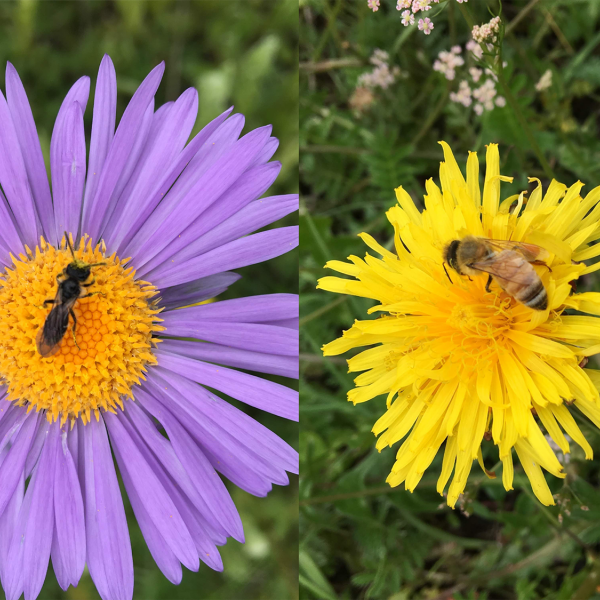
Feb 06, 2025
Native bee populations can bounce back after honey bees move out
Managed honey bees have the potential to affect native bee populations when they are introduced to a new area, but a study led by researchers at Penn State suggests that, under certain conditions, the native bees can bounce back if the apiaries are moved away.
Full Article
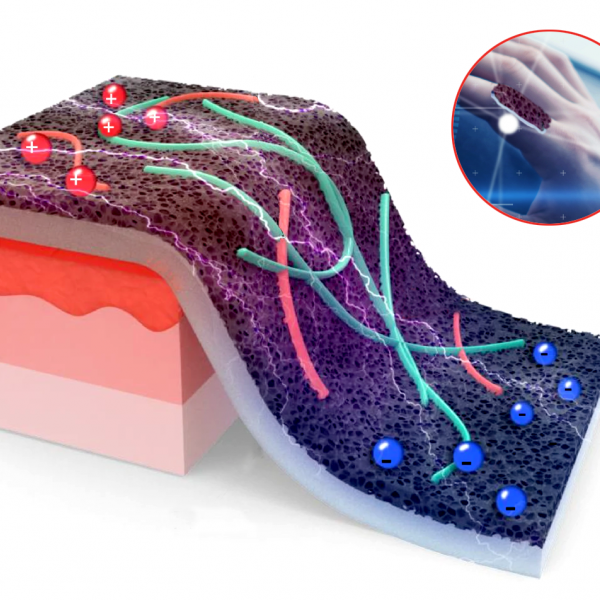
Feb 05, 2025
New smart sensor takes the pain out of wound monitoring
Laser-made, ultra-thin material enables precise, self-powered tracking of healing wounds.
Full Article
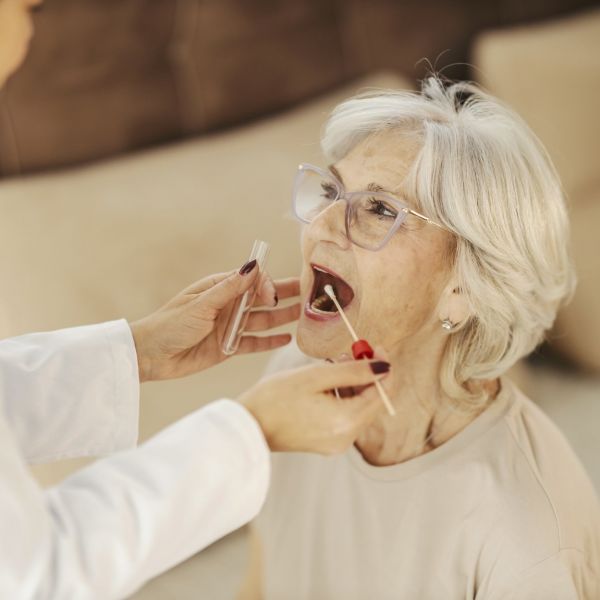
Feb 05, 2025
Understanding aging requires more than counting birthdays
Types of tissue samples matter when measuring a person’s biological age, or how well their body is functioning, researchers report.
Full Article

Feb 05, 2025
Supportive co-parenting may help secure infant attachment development
Researchers found breastfeeding is linked to positive parenting and secure infant attachment and, when unable to or choosing not to breastfeed, supportive co-parenting can achieve the same outcomes.
Full Article

Feb 04, 2025
Fossils show leaf-eating insects tracked gum trees for millions of years
New study reveals surprisingly consistent insect feeding damage on fossils from Argentina and modern gum tree leaves from Australia.
Full Article